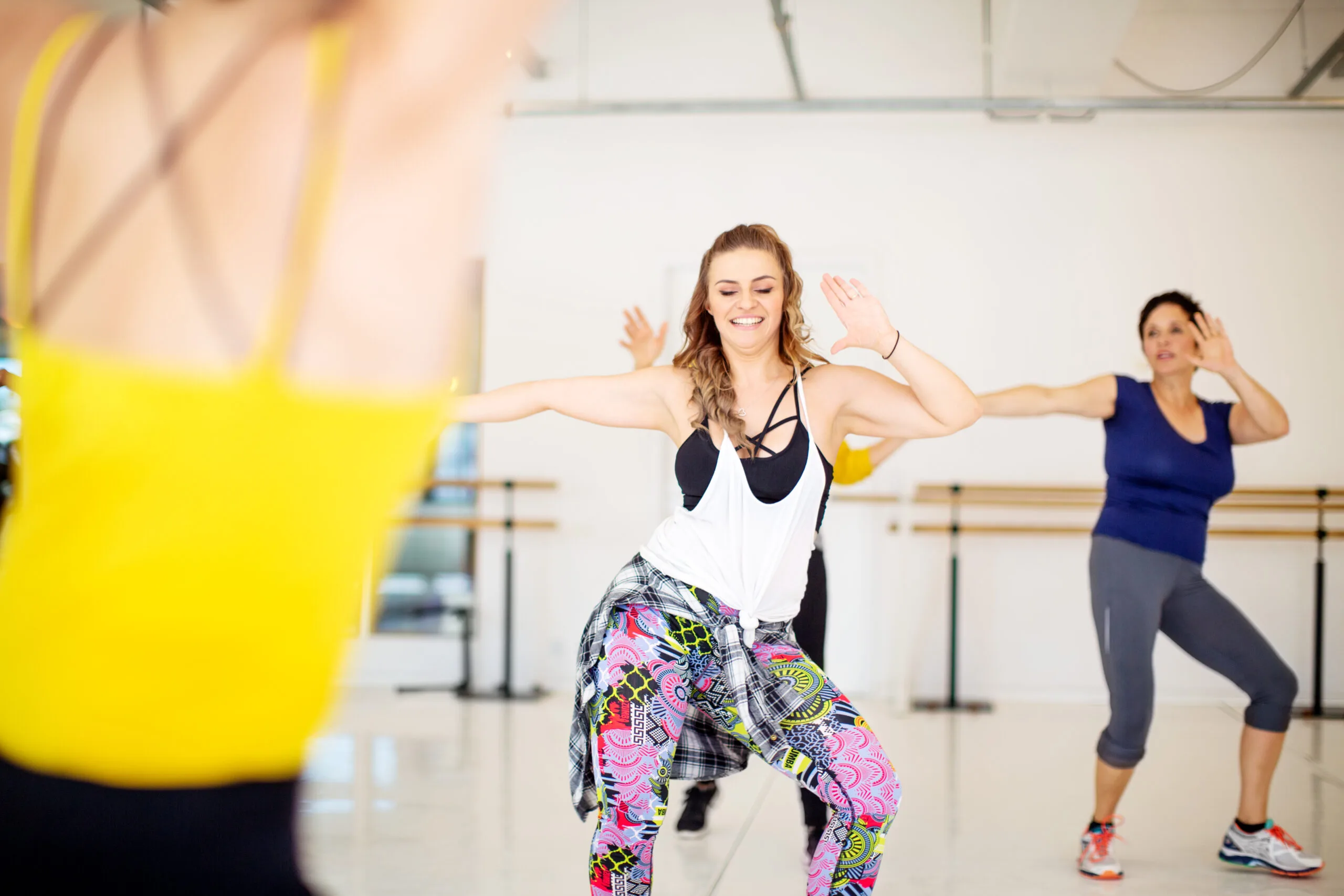Being physically active is one of the best things you can do for your health (including your mental wellbeing).
But with so much misinformation about exercise out there, it’s hard to know how to get started – and if you’re already exercising regularly, whether you’re doing it right.
To help you get the most value from physical activity, take these expert tips on board…
The best times to exercise
Some people swear morning exercise burns more calories, while others are convinced late afternoon gets better results. But accredited exercise physiologist Brent Nicol says the ideal time for exercise is whenever works best for you.
‘Not a morning person? Don’t force it. Feel strong in the afternoon? Go for it,’ he encourages. ‘It might take a few tries to get right, but generally if you do some exercise and feel better afterwards, you
know you’re in the right time zone.’
With that said, the Sleep Health Foundation recommends not exercising too close to bedtime, as it may disrupt your sleep.
The best types of exercise
Should you go for a run, or is a dance class better? What about swimming or tennis? Most experts agree that the best form of physical activity is the one you enjoy (or at least, don’t hate) – because that means you’ll keep it up.

‘It comes down to what is realistically achievable for you and how you can balance regular exercise with your other priorities,’ Brent says. ‘If the result you’re chasing is to feel good and stay healthy then you’re after a blend of resistance training and cardio.’
Resistance training (or strength training) is exercise that builds muscle strength, such as lifting weights, climbing stairs or yoga. Cardiovascular (or aerobic) exercise is the type that gets your heart pumping, such as running, cycling and brisk walking.
Read more: Weight lifting made me ageless!

Ideal duration
Instead of asking ‘how long should I exercise for?’, ask yourself: ‘how much time can I manage?’
Even short stints of exercise have big benefits, Brent says.
‘A lot of people have the view that in order to “get something” out of exercise, it needs to be a certain difficulty, duration or intensity.’
‘No pain, no gain, right? Wrong!’ he says.
But if you feel like you need a duration to aim for, the Australian Government recommends exercising for 30 minutes a day, most days of the week. You can break that up into three lots of 10-minute stints if that works better for your schedule.
The sweat factor
Does the idea of working up a sweat seem off-putting? Thankfully, you don’t have to get drenched in sweat to get health benefits from physical activity.
‘Sweat is a way of cooling the body down, and is not an indicator of whether your workout is delivering benefits or not,’ Brent says.

Finding your jam
If you’re having trouble finding a form of exercise and a routine that you can stick to, Brent recommends calling in an expert.
‘Instead of spending time and money on unrealistic fads, invest in a few sessions with an accredited exercise physiologist to adopt lasting behavioural change and an exercise routine you’ll actually enjoy,’ he says.
Doing double duty
To get more bang for your buck when you’re exercising, try…
- Exercises that target lots of muscle groups at the same time, such as squats and push-ups
- HIIT (high intensity interval training), a fast mix of cardio and strength exercises
- Upping the ante on your walks, by carrying arm weights or adding hills to your route
- Integrating physical activity into your current schedule, known as incidental exercise. For example, cycling instead of driving to the train station for your commute to work.
The Department of Health and Human Services recommends adults get at least 150 minutes of moderate aerobic activity a week.
Moderate aerobic exercise includes brisk walking, biking, swimming and mowing the lawn.
Source: The Mayo Clinic
What’s the best exercise to do every day?

